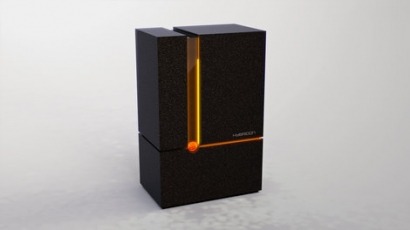
According to ASD, the new battery significantly raises a household’s degree of self-sufficiency, frequently to over 90 percent. It is also cheap to produce and supply, thanks to the small number of components, typically costing 20 percent to 30 percent less than other lithium-ion batteries on the market.
“We are already seeing enormous demand for our new battery system” said Wolfram Walter, Managing Director of ASD and a battery expert. “It combines the advantages of both stand-alone and grid-tie storage systems in one device – which is unprecedented in the market. By introducing our hybrid technology, we took a huge step towards making battery systems more efficient, and above all more cost-effective,” explains. “We are now taking this to the next level by extending our sales area to the US.”
Homeowners have previously had to choose between grid-tied and stand-alone storage systems. Houses with grid-connected systems draw power from the grid almost continuously, even when their batteries are fully charged. Stand-alone storage systems, on the other hand, disconnect the house completely from the public grid as soon as sufficient power is stored and then supply the home with power produced on site. Unfortunately, these systems have a big disadvantage in that if the battery no longer furnishes enough power to supply all the appliances in the home, the storage system is shut down and the house draws all of its electricity from the grid again. Conventional stand-alone battery systems therefore only allow either fully battery-based or grid operation, but not both at the same time.
The hybrid battery system combines the operating principles and advantages of both technologies it works like a stand-alone system and disconnects the house from the grid for as long as its batteries are able to furnish sufficient power. The house thus needs no further power from external supplies and operates autonomously. At times when the battery capacity is insufficient, the system automatically procures the additional quantity of energy required from the power grid. By design, the system therefore combines both energy sources and thus utilizes the maximum amount of battery power directly on site. This flow of current is regulated via a computer-controlled filter developed by ASD for the hybrid battery.
The ASD hybrid battery therefore significantly increases a household’s degree of self-sufficiency compared to that achieved with existing systems, frequently topping 80 percent.
For additional information:

